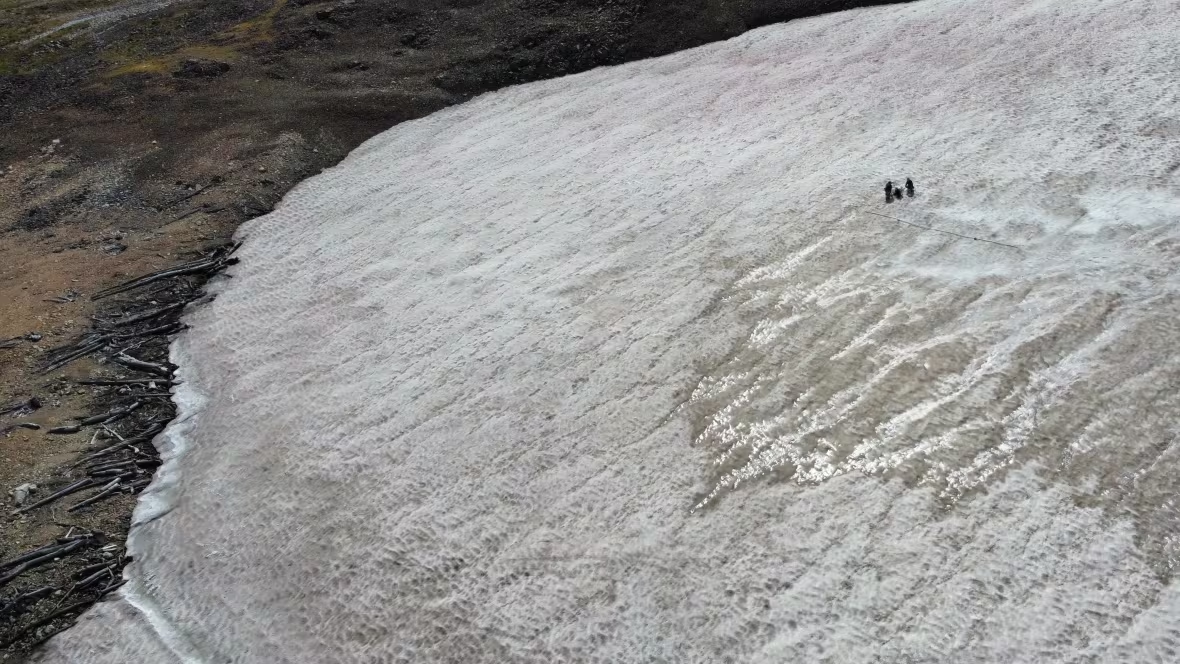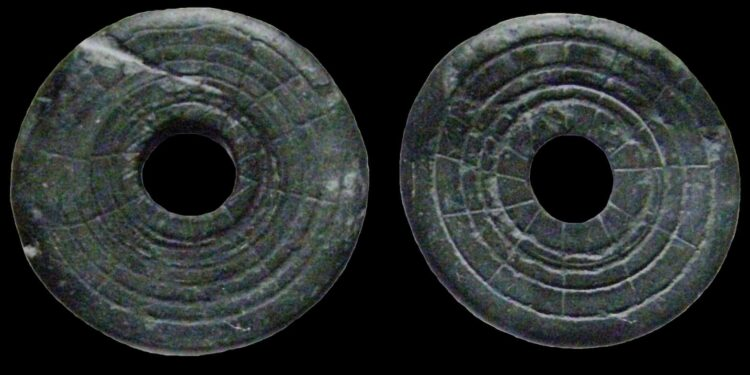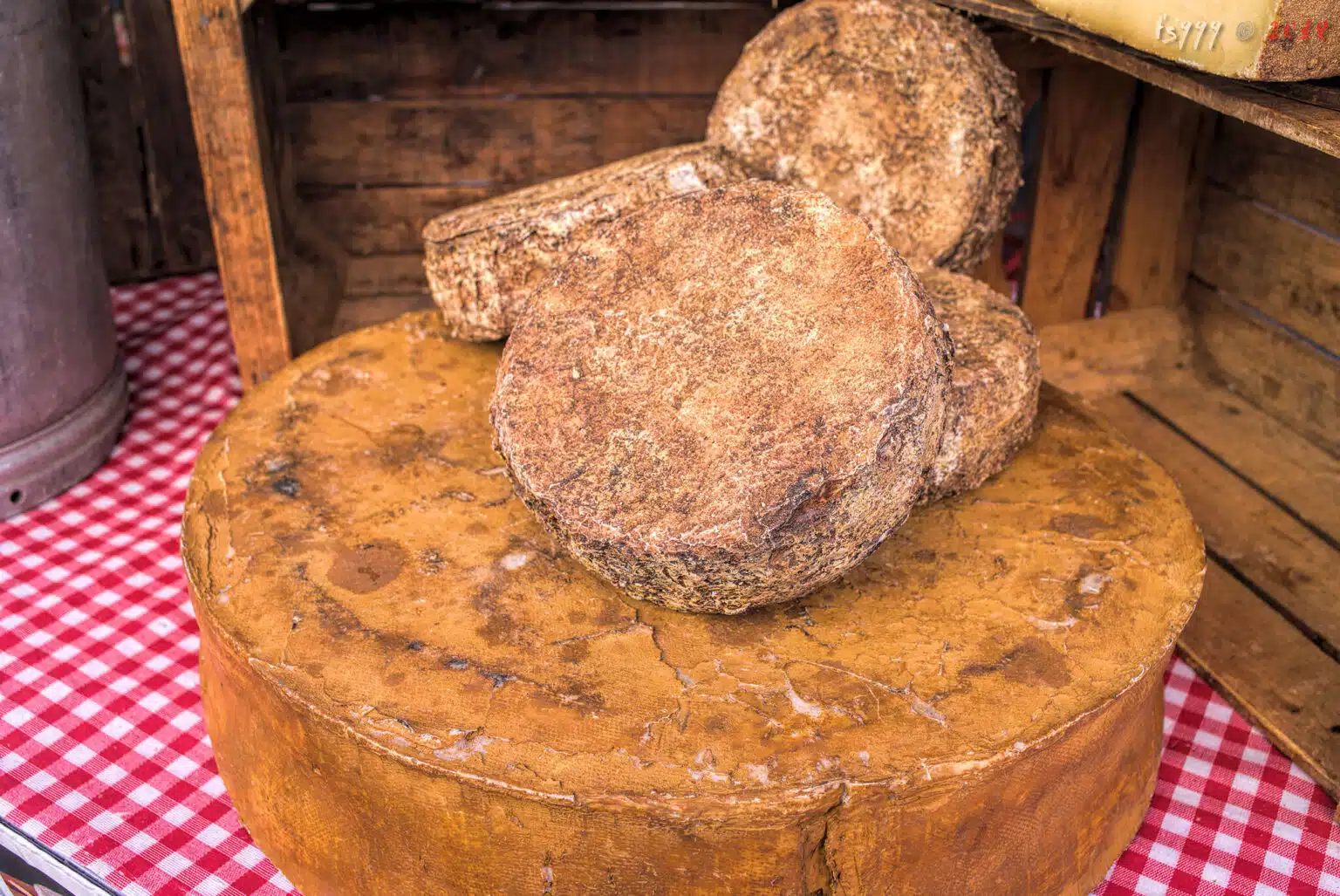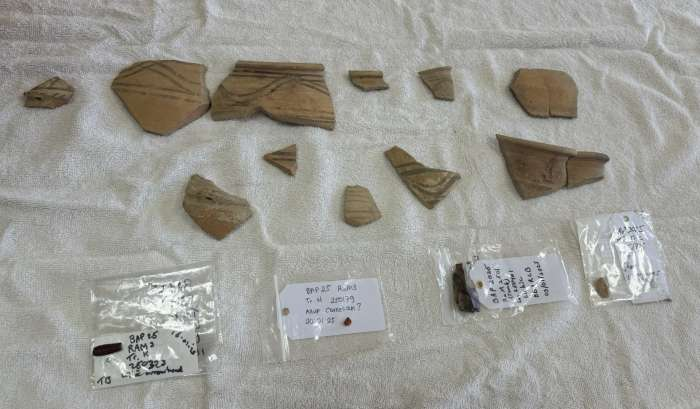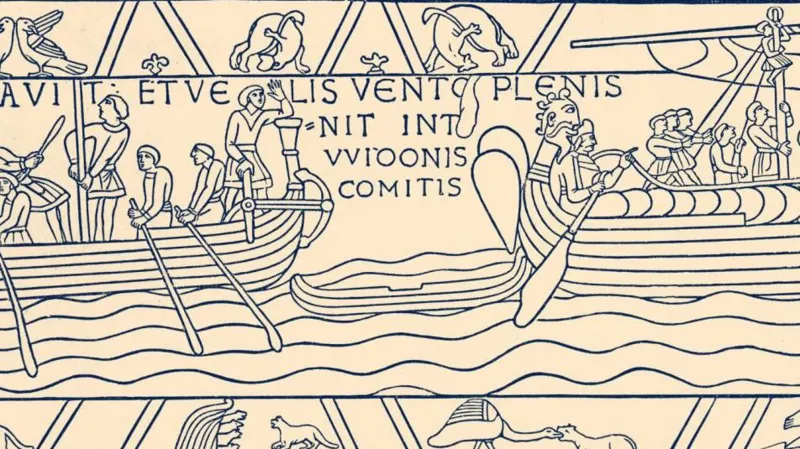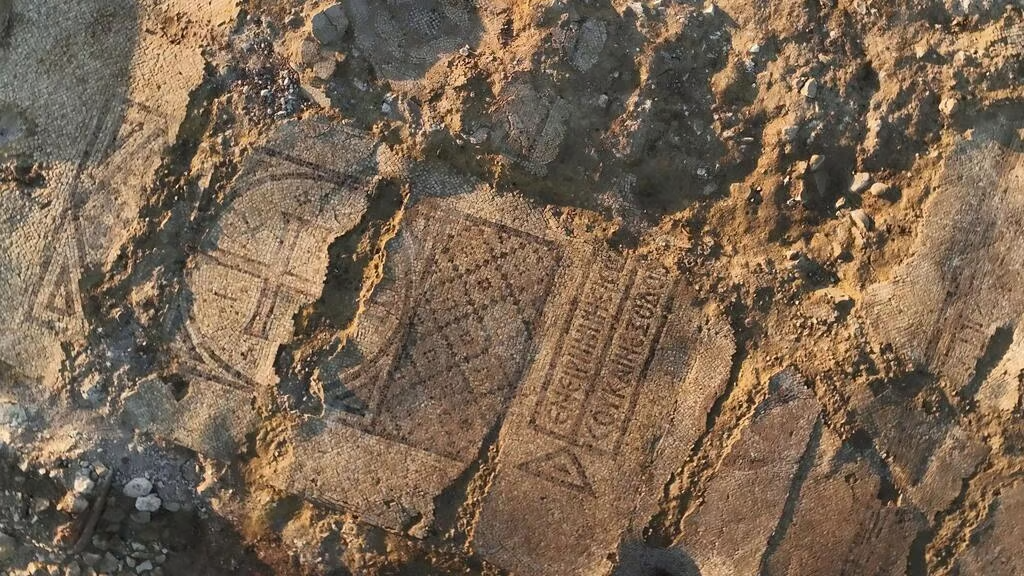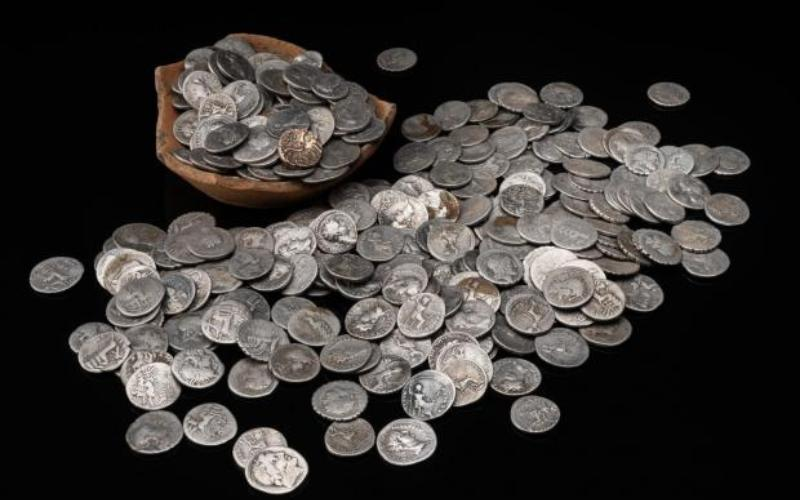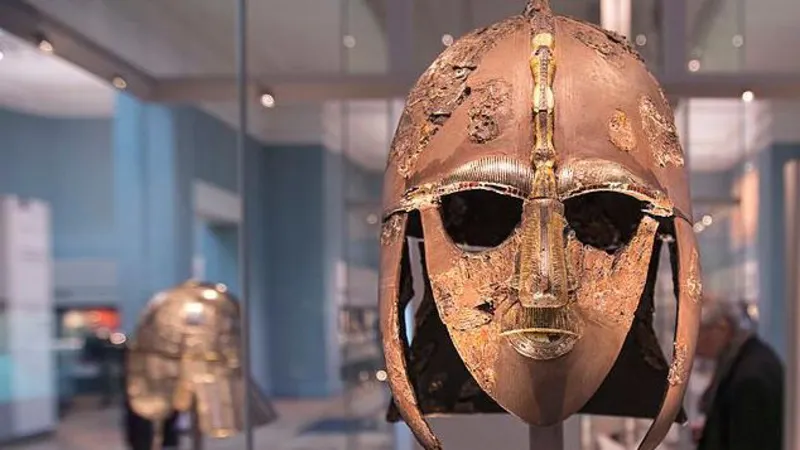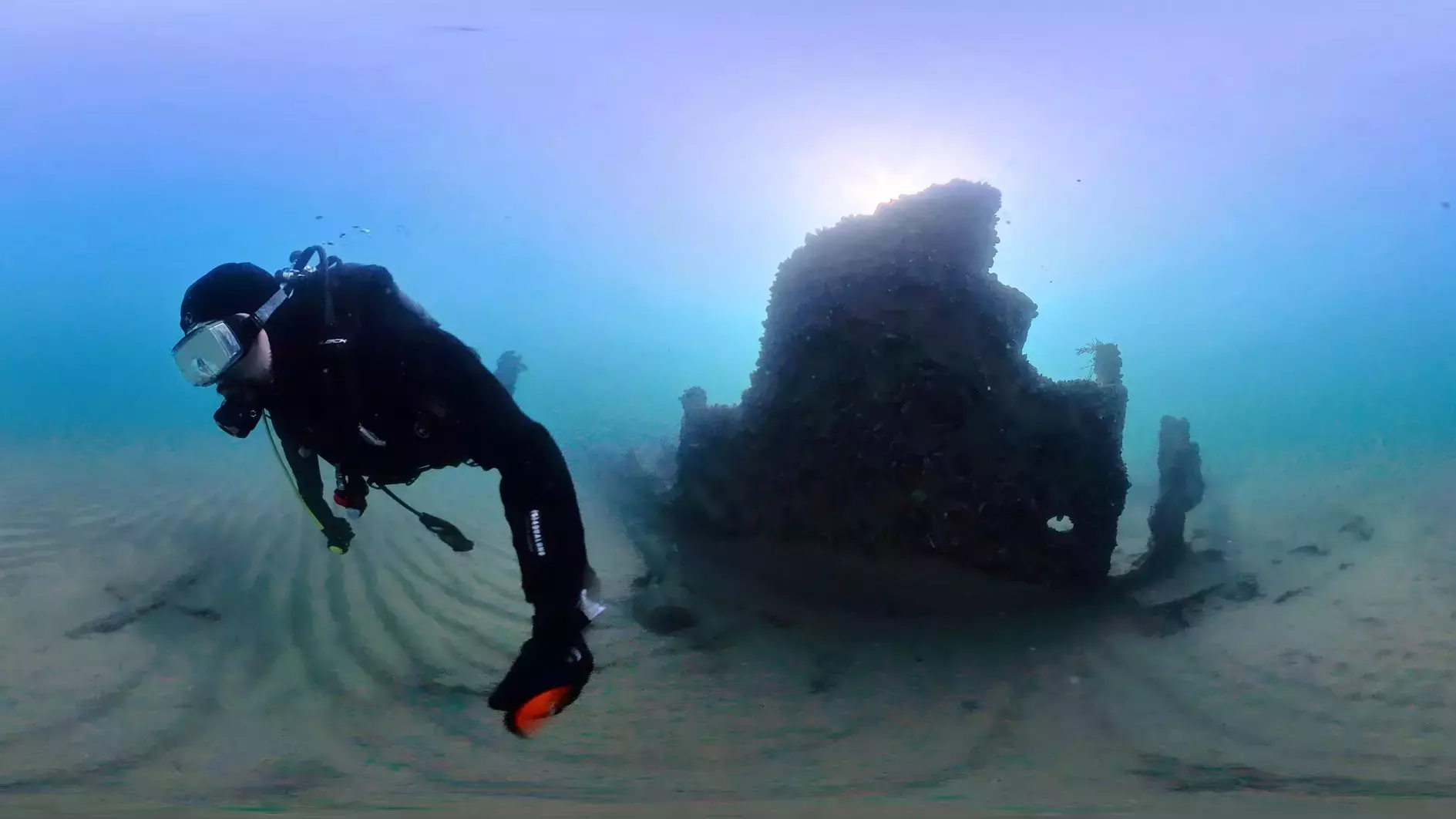A new study is revealing fascinating discoveries beneath one of Athens’ most iconic landmarks—the Temple of Olympian Zeus. Researchers from the National Technical University of Athens have used advanced technology to explore what lies below the surface of this ancient structure, ensuring its stability for the future while uncovering new archaeological insights.
A Monument with Rich History
The Temple of Olympian Zeus is a symbol of Greece’s architectural prowess and cultural heritage. Construction began in the 6th century BC, though it took more than 600 years to complete. The temple was finally finished under Roman Emperor Hadrian in the 2nd century AD. At its height, it featured 104 massive columns, each standing 17 meters tall, and housed one of the largest statues of the ancient world. Today, only 15 columns remain standing, and one has been toppled since a storm in 1852.
Over the centuries, the temple suffered significant damage. After it was completed, it fell into disuse, enduring looting and decay. During the medieval period, much of the structure was dismantled to provide materials for building houses and churches. The temple’s location in a seismically active area has further contributed to its gradual deterioration.
Advanced Techniques Reveal New Discoveries
Before any restoration work could begin, researchers used cutting-edge methods to assess the ground beneath the temple. Using tools like electrical resistivity tomography (ERT), ground-penetrating radar (GPR), and electromagnetic scanning, the team mapped the underground features in detail.
Their work uncovered a network of arched tunnels, originally part of a Roman sewer system. These tunnels were later repurposed during Greece’s War of Independence, when General Makrigiannis utilized them during the battle against the Ottoman Empire.
Additionally, radar imaging revealed a system of tanks and drainage channels north of the temple, likely related to an advanced drainage system designed during the temple’s original construction to protect it from water damage.
Geological Insights and Preservation Efforts
The study also highlighted several geological challenges. The land beneath the temple is a mix of rocky Athenian schist and loose soil deposits from the now-hidden Ilisos River. In some areas, researchers found soft, unstable soil, particularly on the temple’s western side. This discovery helps explain why extra reinforcements were added to the columns in that section of the structure.
Looking to the Future
The findings offer valuable lessons for preserving ancient water management systems, showing how the Greeks managed to protect their monuments from flooding and erosion. The interdisciplinary approach used in this research—combining geophysics, archaeology, and engineering—demonstrates how modern technology can aid in safeguarding cultural heritage.
The research team hopes their methods can serve as a model for the preservation of other historical sites across Greece, many of which face similar risks from natural forces and the passage of time.



